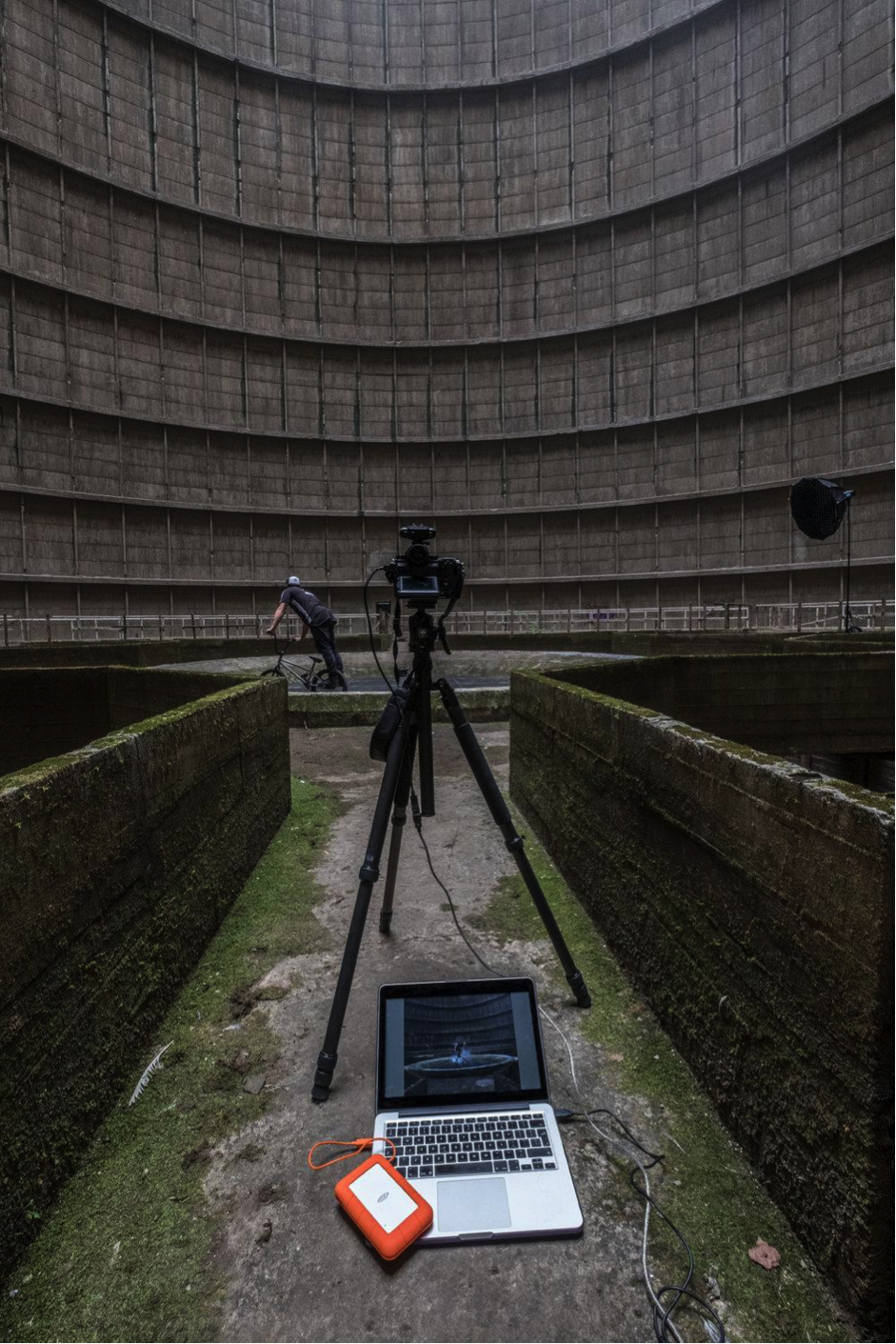How To Edit, Sync and Manage Photos Across All Devices with Lightroom and LaCie Rugged
By Jim Bask
 Piet Van den Eynde is a Belgian photographer and an Adobe Photoshop Lightroom Certified Expert. He also gives workshops on using on- and off-camera flash and postprocessing with Adobe Lightroom, Photoshop and plug-ins such as Nik Software. Recently he took two LaCie drives with him on a trip to India: a Thunderbolt SSD 1TB and a Rugged RAID 4TB.\
Piet Van den Eynde is a Belgian photographer and an Adobe Photoshop Lightroom Certified Expert. He also gives workshops on using on- and off-camera flash and postprocessing with Adobe Lightroom, Photoshop and plug-ins such as Nik Software. Recently he took two LaCie drives with him on a trip to India: a Thunderbolt SSD 1TB and a Rugged RAID 4TB.\
How To Edit, Sync and Manage Photos Across All Devices with Lightroom and LaCie Rugged.
Like most photographers, I have two computers: a laptop and a desktop. Alternately working on both is complicated, since it is not possible to put your Lightroom catalog on a network-attached storage (NAS). If your catalog is stored on your desktop but you want to edit on your laptop, one possible solution is to use Lightroom’s “Import and Export as Catalog” tool. But be aware: this is neither quick nor easy.
This implies exporting your photos as a catalog to an external hard drive, connecting this hard drive to your laptop, opening the exported catalog on the laptop, editing the photos, and then importing the modified catalog back into the main catalog on your desktop. If this sounds complicated, that is because it is. Decidedly something for more advanced users and not something you want to do a few times a day.
Another solution, although again not a favorable one: store your catalog on one or more external drives and connect these to the device you want to work on at that moment. Downside: lugging along a large external drive is not always convenient.
Smart Previews to the rescue!
Smart Previews, introduced in Lightroom 5, provides a solution. It allows you to — once and for all — transfer your Catalog folder (the one with Catalog, Previews and Smart Previews) to a fast-paced external hard drive.
Make sure this drive is as fast as possible — preferably a fast 7,200 RPM hard drive, or a Solid State Drive (SSD) such as the LaCie Thunderbolt SSD I discuss in this article — and that it has a fast interface: USB 3, Thunderbolt or USB-C…[continue reading]

